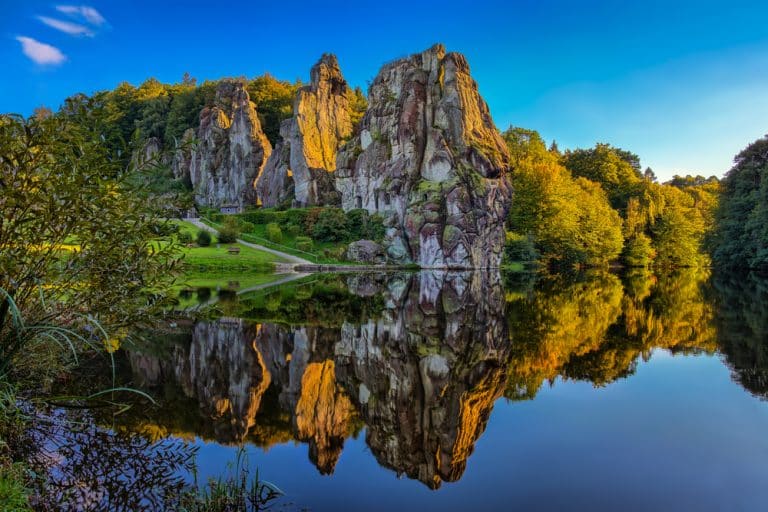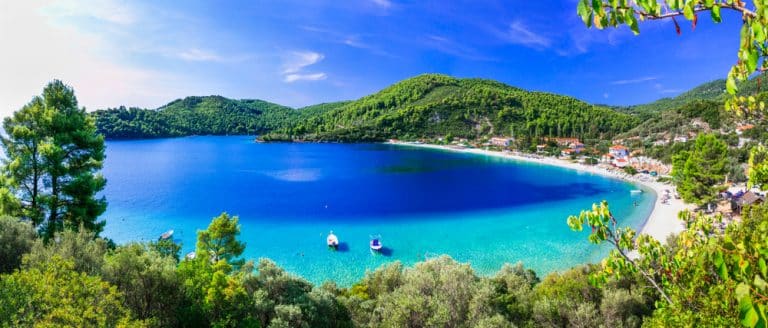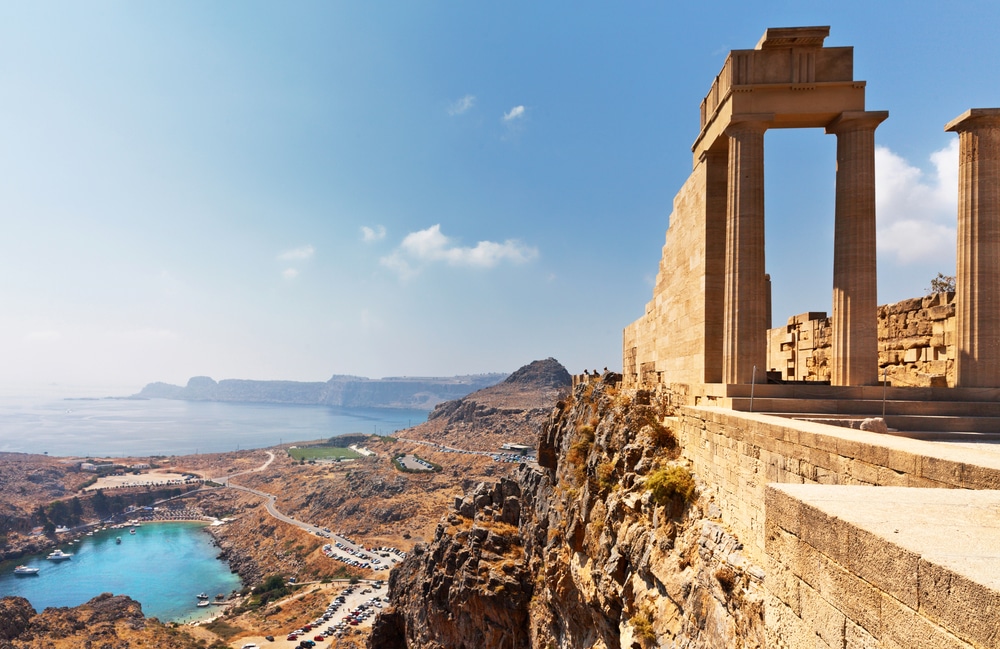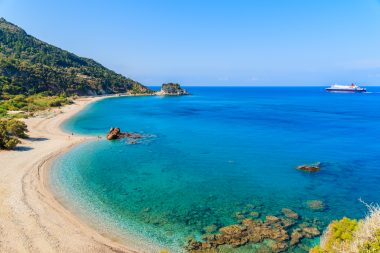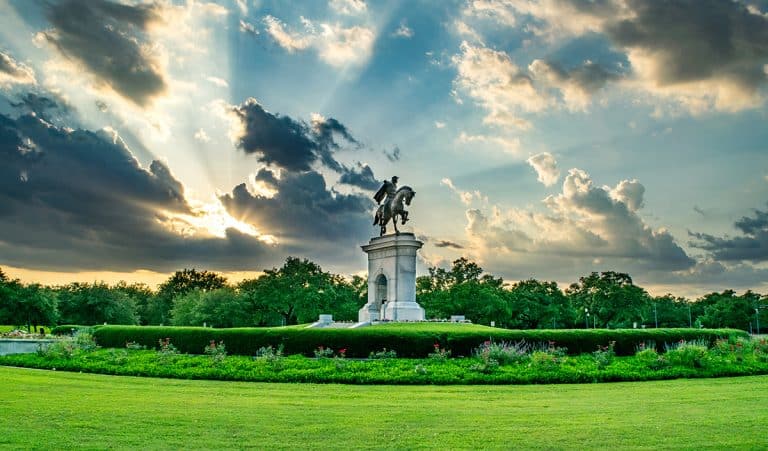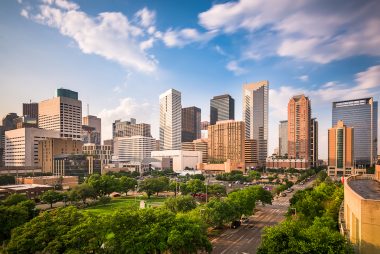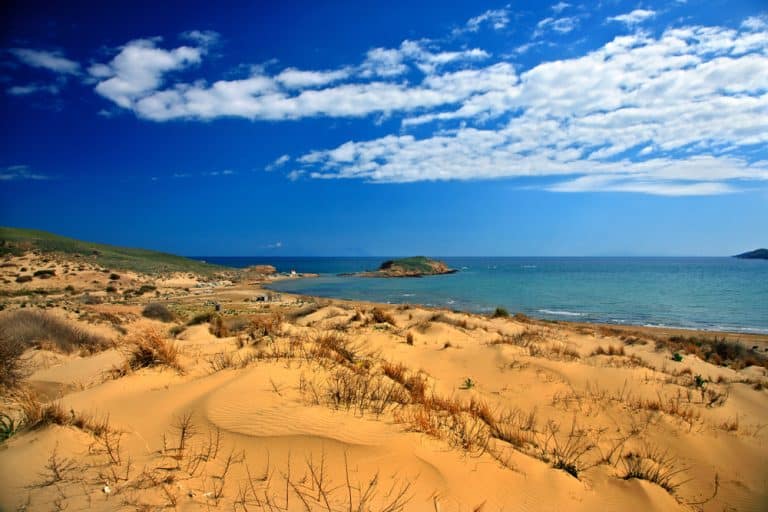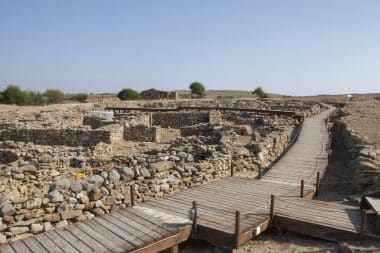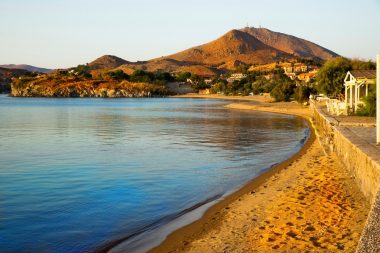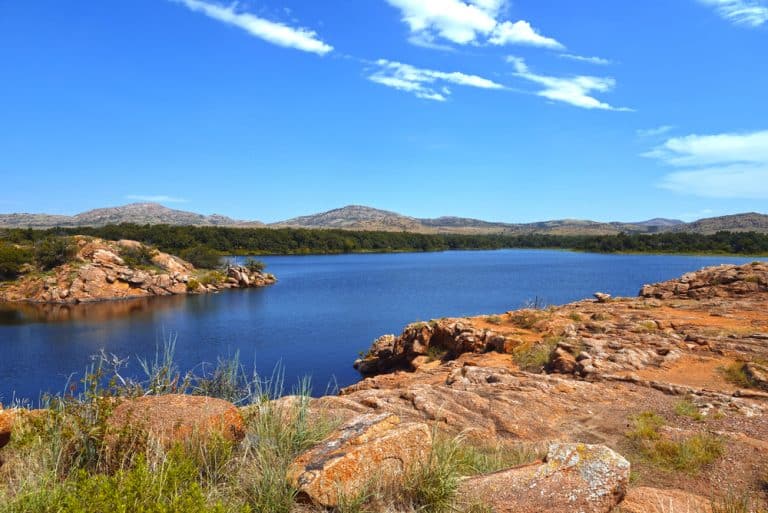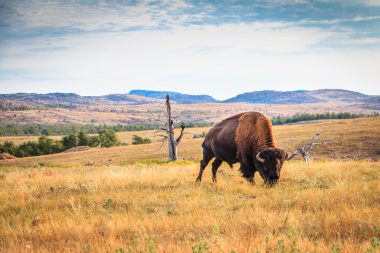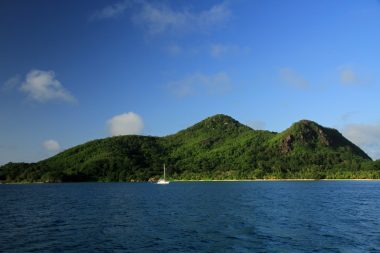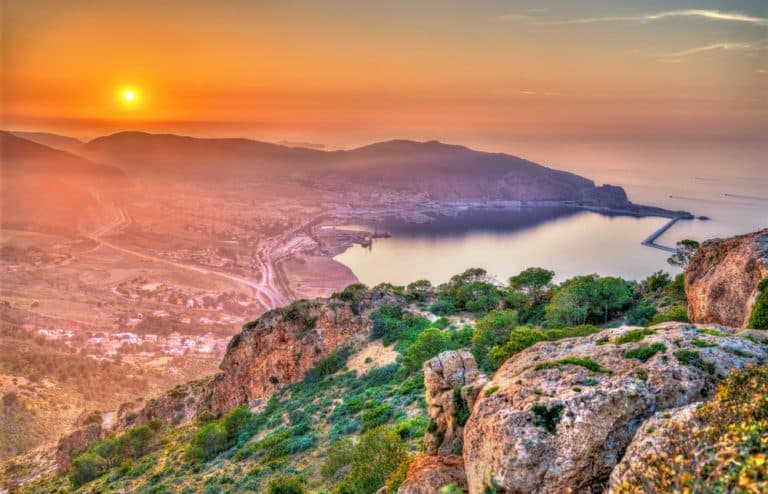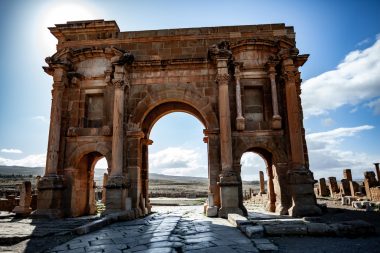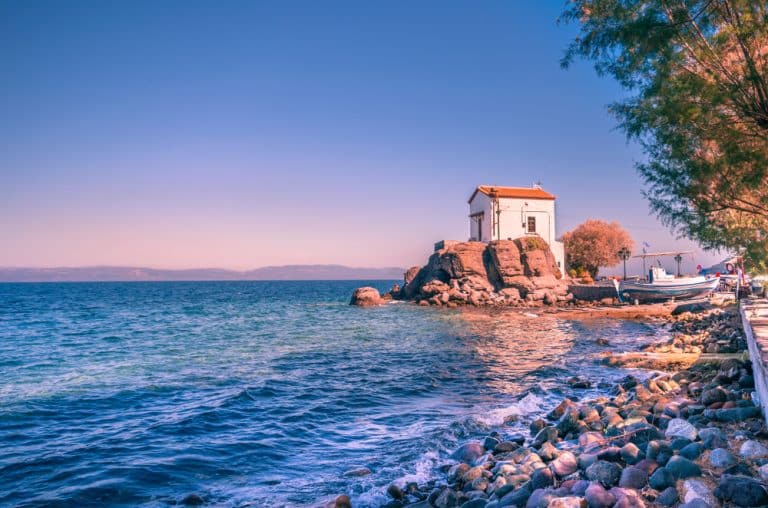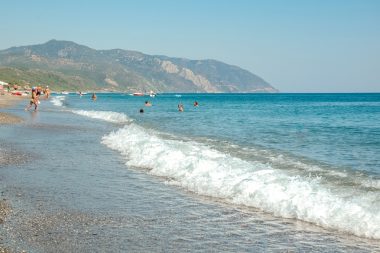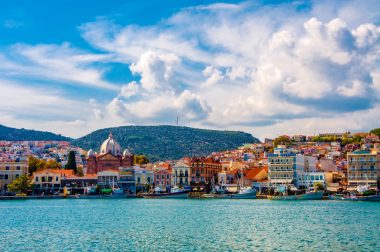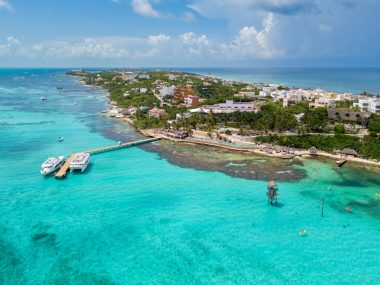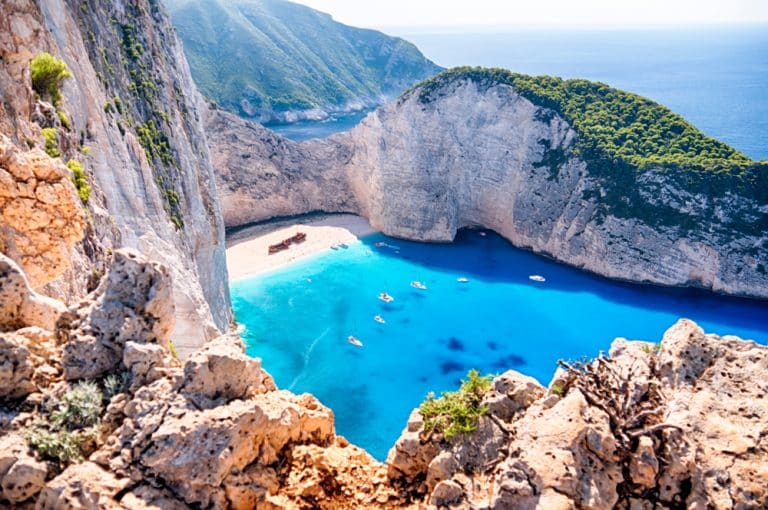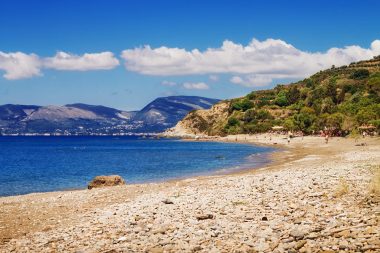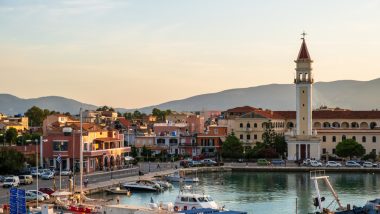The Teutoburg Forest region stretches between Lower Saxony and North Rhine-Westphalia . A mountain range that stands out not only with its unique nature. Between bizarre rock formations, fragrant forests and extensive water landscapes, numerous myths and legends are hidden. The Romans went into a battle here with heavy losses and numerous castles exude a fairytale ambience. The Teutoburg Forest attracts guests with first-class hiking trails, relaxed wellness offers and family-friendly hospitality. Many good reasons to discover the Teutoburg Forest.
Places where water is used for relaxation
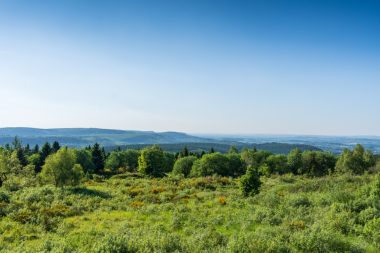
The short break from everyday life is sustainable if it is taken in a place of well-being. Traditional spa towns have made the leap into modern times without cutting off their roots. Above all, Bad Pyrmont, Bad Lippspringe and Bad Driburg offer great wellness facilities and are the right destination for relaxation and regeneration. The healing water can be enjoyed in different forms. Roman baths, salt grottoes and brine chambers provide hours in which guests can unwind.
In the great outdoors, water is present everywhere. There is hardly anything more pleasant than discovering the lakes and rivers on bike tours or relaxing hikes. The Werre Cycle Path guides cyclists over 70 kilometres through the varied landscapes and allows a detour to the cities of the region again and again. The cycle path is not very busy and ideal for families. The Werre is also ideal for canoe tours. A tour along the Weser is a little busier. The Weser Cycle Path passes the Teutoburg Forest with a beautiful section and enjoys great popularity.
In the footsteps of the Hanseatic League
For those who associate the merchants of the Hanseatic League exclusively with the northern German coastal cities, there is a lot to discover in Westphalia. The region between Herford and Lübbe had close ties to the Hanseatic League and provided the supply of goods from Belgium and Amsterdam for the ships on the coasts by land. Linen and other textiles were woven directly in Herford. Many museums tell the stories of the time of the great merchants. The magnificent facades are a sign that the wealthy citizens have set. Visitors can go on a journey through time in the region and trace the flourishing era.
The Land of Hermann
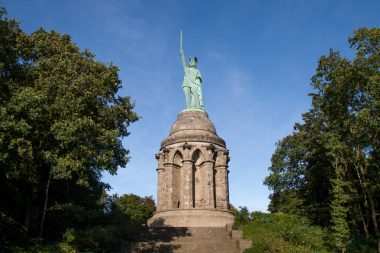
One of the largest statues in Europe stands high above the country of which it is named. The Hermann Monument commemorates the great battle between the Romans and the Germanic tribes. The land at the feet of the smiling Arminius with the drawn sword is mystical and hides attractive destinations. The rugged Externsteine in Horn-Bad Meinberg are still a mystery to archaeologists today. Did dark figures meet here to measure their magical powers? No one has been able to unravel the mystery that surrounds the bizarre rocks. A secret that attracts visitors and invites them to face the past.
Hiking on the Hermannsweg
The Hermannsweg leads once through the entire Teutoburg Forest. Hikers are guided on the ridge from the Rhine to Leopoldstadt. There is a total of over 150 km of route, which is considered one of the most beautiful hiking routes in Germany. The Hermannsweg is divided into eight stages, depending on time and condition, hikers can get on and take a break anywhere. The starting point in Rheine lets the hike start gently. The land is still flat and unspectacular for experienced hikers. The path gradually becomes more challenging and the beech forest becomes denser. In the direction of Bielefeld and Detmold up to the Externsteine, there are already some climbs and gorges to overcome. It goes past rushing streams and fairytale rocks, such as the crouching woman. The panoramic points along the route are breathtakingly beautiful. The Sparrenburg, the Schwedenschanze and the Eiserner Aton offer good opportunities for a rest.
Doesn’t exist? Yes, and it’s worth a visit!
There are many jokes and anecdotes about the city that supposedly does not exist: Bielefeld. Visitors to the Teutoburg Forest can prove the opposite. A day in Bielefeld is worth it. Between culture and industry, the city has a lot to offer.
Everyone has probably had the bag of baking powder in their hands, which was invented in a pharmacy in this city. With baking powder came world success. Visitors can follow the scent of pudding powder and explore the story of the successful pharmacist.
Bielefeld is a city for strolling. Over well-kept cobblestones, it goes through the appealing promenade. Charming shops, which are far away from the usual chains that often characterize the cityscape, ensure relaxed shopping. Bielefeld is a city whose image is characterized by the well-kept facades of the historic houses and churches. The prosperity was brought to the city by the linen weavers, to whom a bronze sculpture was erected. The city of Bielefeld has dealt with the history of the textile industry in an interesting museum in a museum.
Where opposites complement each other
The Teutoburg Forest is a region in which village idyll and global corporations form a symbiosis. Extensive forests and countless water landscapes nestle around cities with soil steeped in history. This makes the Teutoburg Forest an attractive destination for travellers who want to organise their time out individually. Being active in nature is just as fulfilling as being pampered for a day in the wellness pool. Families can gather shared experiences in nature and immerse themselves in the world of legends and myths.
Important information about the Teutoburg Forest
- Where is the Teutoburg Forest? The Teutoburg Forest is a low mountain range in Germany, which extends over the federal states of North Rhine-Westphalia and Lower Saxony. It stretches from Osnabrück in the west to Horn-Bad Meinberg in the east.
- What are the main attractions in the Teutoburg Forest? The main attractions in the Teutoburg Forest are the scenic beauty, the historic towns and the numerous hiking and cycling trails. Highlights include the Hermann Monument, the Externsteine, the Berlebeck Eagle Observatory and the picturesque half-timbered towns such as Detmold and Bad Salzuflen.
- What activities does the Teutoburg Forest offer? The Teutoburg Forest offers a variety of activities for nature lovers and adventure seekers. These include hiking, cycling, Nordic walking, climbing, horseback riding, bird watching and in winter even skiing in the ski areas such as the Hiddeser Bent and the Silberbachtal.
- What is the best way to explore the Teutoburg Forest? Visitors can best explore the Teutoburg Forest on foot or by bike, as there is a well-developed network of hiking and cycling trails. There are also numerous guided tours and themed trails that allow visitors to get to know the history, culture and nature of the area better.
- When is the best time to visit the Teutoburg Forest? The Teutoburg Forest is an attractive destination all year round. The spring and summer months are particularly suitable for hiking, cycling and outdoor activities, while autumn is particularly picturesque with its colourful deciduous forests. In winter, the Teutoburg Forest offers opportunities for winter activities such as skiing and ice skating.
- Are there accommodations and restaurants in the Teutoburg Forest? Yes, there are a variety of accommodations along the Teutoburg Forest, including hotels, guesthouses, holiday apartments and campsites. In the towns and villages of the area, there is also a wide range of restaurants, cafes and pubs serving regional specialties and international cuisine.


